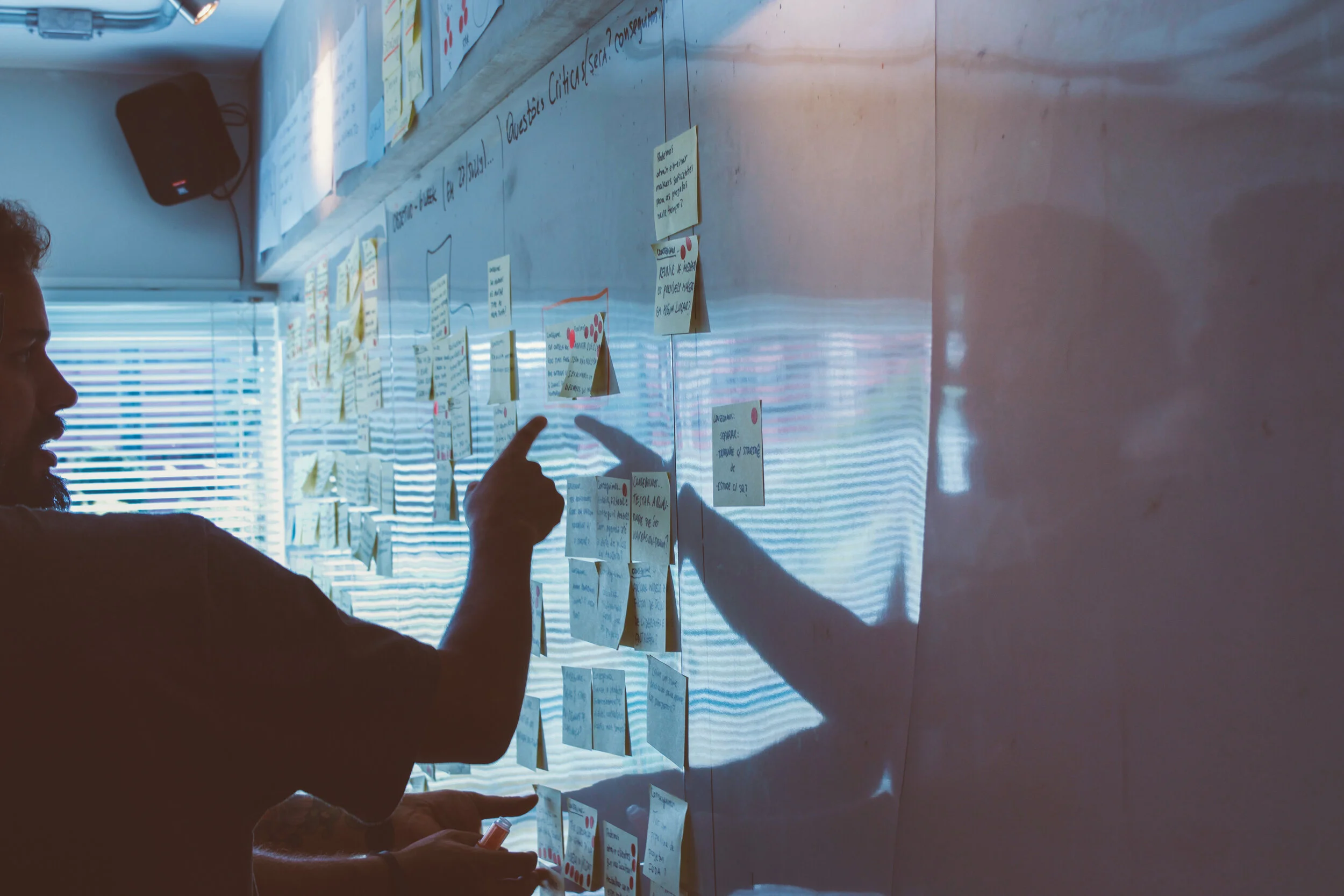A crappy drawing I made of an idea for a kid-friendly Zoom after watching my second grader’s virtual class.
As a UX professional, I love learning new things from different perspectives around creating products and experiences that people actually want and like.
So, I just started going through an online course from Noah Kagan geared towards entrepreneurs and all about creating products. When I got to the section about validating ideas with customers, it recommended a bunch of different ways of basically conducting research with users (but interestingly the words “user research” and “user experience” are never used.) One of the techniques is “Crappy Drawing.”
It showed a super rough sketch of a super basic screen on some lined notebook paper and recommended showing it to people to get feedback. Other students chimed in with their crappy drawings or ideas for using the technique.
I love this! In the UX world, this is essentially a “paper prototype” test but something about calling it a crappy drawing makes it seem even easier and more approachable.
It reminded me of a time many years ago when my manager and mentor was trying to create a page layout idea and was having so much trouble wrangling the software. When she came to me the designer for help, she had already wasted so much time trying to get what she wanted onto the screen and still hadn’t been able to do it. I really felt bad for her and I remember thinking, “why should software knowledge stop anyone from designing?” I sort of liken it to sitting in front of a TV trying to get the remote control to work for a long time without remembering that you can just get up and work the TV manually in a few seconds.
Please don’t let software knowledge, design skills, or limited time stop you from communicating and testing your ideas.
In fact, research shows that people are more likely to provide honest and constructive feedback when things look rough or are in an earlier stage than when they are more refined. In fact, sometimes as a designer we use “sketchy” lines and fonts in prototypes to make them look more like crappy drawings!
So, whether you have a more refined paper prototype or a crappy drawing that takes you 10 seconds to make, do it! Show it to your potential users and see what they think. It’s a great, cheap and fast way to do user research.




